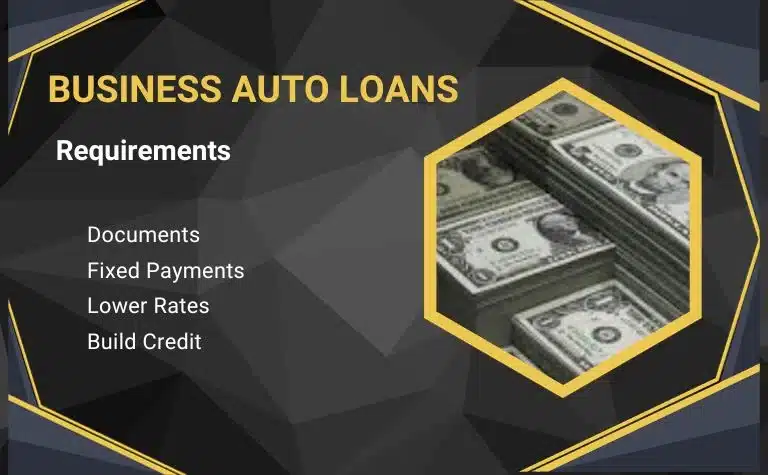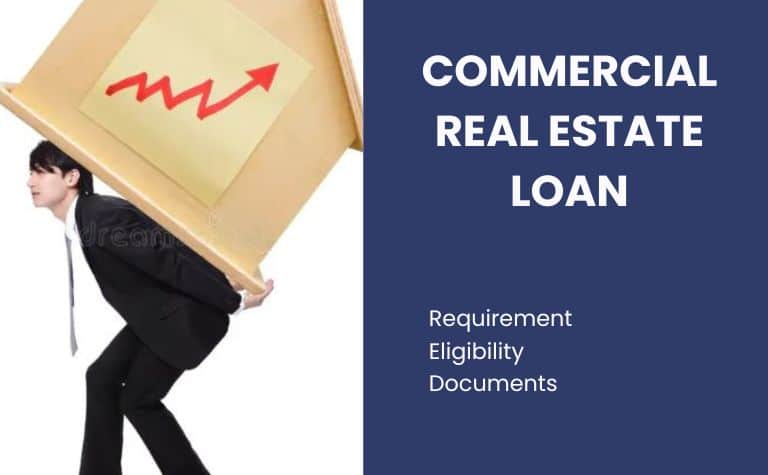Business Equipment Loans – Unlocking Growth
Quality equipment plays an integral part in small business success. They generate long-term revenues and profits and can help enhance product quality for increased margins at higher prices; whether that equipment involves hi-tech machines, office furniture computers, or some other form, you will require money to turn into needs.
What happens if your funds don’t allow for all the items on your wish list? Many SMEs face this struggle on an everyday basis. Business Equipment Loans provide small business owners with an alternative financing solution that makes purchasing equipment affordable, helping their business run successfully.
What are Business Equipment Loans?
Business equipment loans help companies get funding to purchase necessary equipment. You can get a loan rather than paying the full equipment cost upfront. This loan lets you spread out payments over time. There are different types of business equipment loans.
Some loans are for specific purchases, like vehicles or computers. Other loans provide funding that you can use for any business equipment needs. The loan provider will give you money upfront to buy equipment. Then, you make monthly payments with interest over a set repayment term, usually a few years. Equipment loans allow growing companies to get the necessary tools, even with limited capital.
Qualification Requirements for Business Equipment Loans
Getting approved for a business equipment loan is generally quick and easy. You don’t need perfect credit or years of business history. The application can take as little as 1-2 days for an answer. Here are some common requirements lenders look for:
- Time in business – Many lenders want at least 6 months; some require 1-2 years.
- Revenue – Annual revenue between $25,000 to $150,000 is often needed.
- Collateral – The equipment purchased usually serves as collateral. Extra assets are typically not required.
- Credit score – A score between 550 and 640 is generally needed to qualify.
- Down payment – Expect a 5% to 20% down payment if your credit is good.
While those cover the basics, every lender has additional factors they consider. Talking to lenders about your business is important to see if you qualify for financing. Solid revenue and business time help, but equipment loans are accessible even to newer companies with moderate credit.
Exploring Different Types of Equipment Financing
Equipment Loans
One option is an equipment loan. This provides funding upfront that you repay over time through set payments. Loans allow you to access cash to purchase equipment without large upfront costs. However, the equipment loses value over the loan term, so you pay for more than it’s worth. Loans can still be a good financing option, especially for credit building.
Leasing
Leasing allows you to use equipment for a set period by making monthly payments. These cover the cost of the equipment plus interest. Many leasing companies also cover maintenance costs. Leasing gives flexibility since you aren’t making a major upfront purchase. It’s a smart choice for equipment you need in the short term.
Invoice Financing
With invoice financing, you borrow money based on unpaid customer invoices. It unlocks cash tied up in money clients owe you but haven’t paid yet. You get funds when needed and repay the loan as clients pay invoices. This helps maintain a steady cash flow. Invoice financing provides a reliable funding source without requiring equipment as collateral.
How Business Equipment Loan Works?
Choose Equipment
First, pick the equipment your business needs and get price quotes. Know how much funding you’ll need.
Find a Lender
Research lenders like banks, institutions, or leasing companies that offer equipment financing. Compare interest rates and terms.
Apply for Financing
Complete a loan application with business and financial details. Explain the equipment you want to purchase.
Lender Review
The lender evaluates your credit, business, and equipment value. This determines approval and financing terms.
Sign Agreement
If approved, you get a financing agreement outlining monthly payments, rates, and the repayment timeline.
Make Payments
After signing, make regular loan or lease payments to the lender as outlined in the agreement.
Benefits of Business Equipment Loans
Equipment loans offer fast, easy financing with low qualification barriers. They provide accessible funding for essential business equipment without straining cash flow or requiring extensive collateral. Key benefits include:
Easy and Fast Qualification
The loans have lower credit score requirements than other financing options. Less financial history is needed. The application process is quick, taking just days or weeks for approval.
Preserves Cash Flow
This allows you to keep cash available for daily expenses while still getting needed equipment. Payments are structured so they don’t tie up working capital.
Low Interest Rates
Equipment loans tend to have low fixed, negotiable interest rates compared to other business loans. Much more affordable than high-interest options.
No Collateral Required
The purchased equipment is collateral for an equipment loan, so you don’t need to put up other assets or property.
Ownership and Tax Benefits
You gain full ownership of the equipment after repaying the loan. The interest paid on equipment loans can also be deducted from your taxes.
When You Can Use Business Equipment Loans?
Starting a Business
From theloans allow you to get necessary items like furniture, appliances, vehicles, and inventory without large upfront costs when starting a new business.
Expanding Operations
Expanding companies can use these loans to finance additional manufacturing equipment, farm machinery, trucks for deliveries, or technology upgrades.
Opening a New Location
If opening a second location, equipment loans make it possible to purchase furnishings, fixtures, and equipment for the new space.
Replacing Equipment
Old, outdated equipment can be replaced with newer models financed through an equipment loan rather than large lump-sum payments.
Managing Growth
Growing companies can acquire new IT systems, kitchen appliances, or medical devices to manage rising demand without straining cash flow.
Tips to Get the Best Business Equipment Loans
Know Your Budget
Figure out the monthly expenses you can afford before applying. This helps target affordable financing options.
Compare Lender Rates
Research interest rates and fees from different equipment lenders. Look for the most competitive rates.
Check Your Credit
Good credit means better rates. Check your score so you know where you stand before applying.
Organize Financial Docs
Have tax returns, bank statements, and financial records ready. Well-organized paperwork helps with approval.
Negotiate the Terms
Don’t be afraid to negotiate interest rates, timelines, or down payments. Get terms that fit your business needs.
Doing your homework on budget, lenders, and credit will help secure equipment financing with ideal rates and terms for your business situation.
Summing It Up
Small business entrepreneurs lacking initial funding but requiring necessary tools and equipment can benefit from equipment financing. Comprehending the various loan formats, prerequisites, advantages, and constraints facilitates evaluating the efficiency of finance in achieving expansion objectives. Well-informed choices facilitate success by making capital easily available.




